lnvexotics
New member
i was told it was a bloodred but ive also been told bloodreds dont have a chequer belly pattern and he has....help im not that well up on corn morphs.
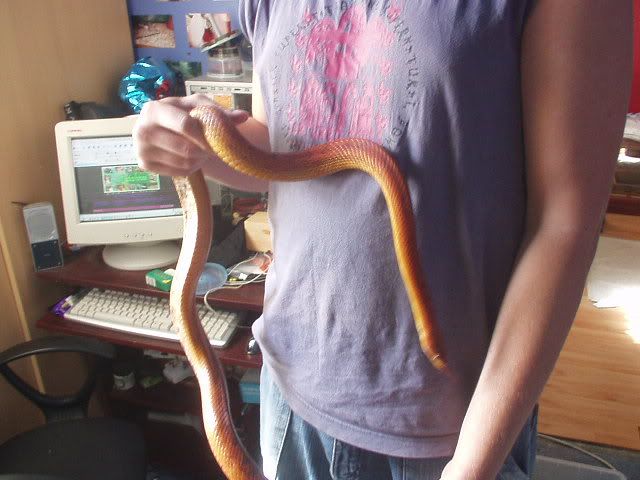





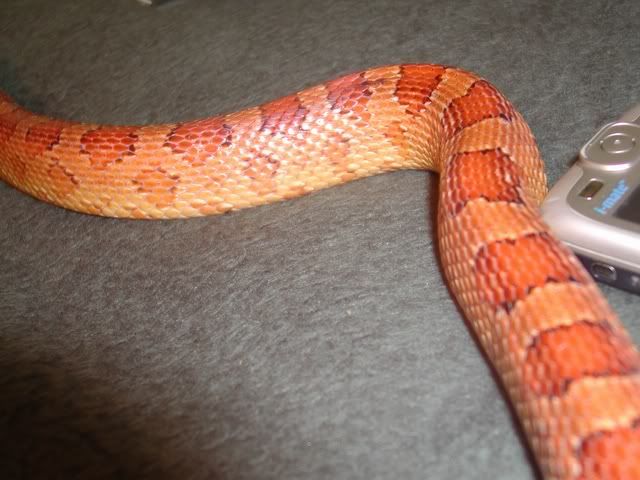
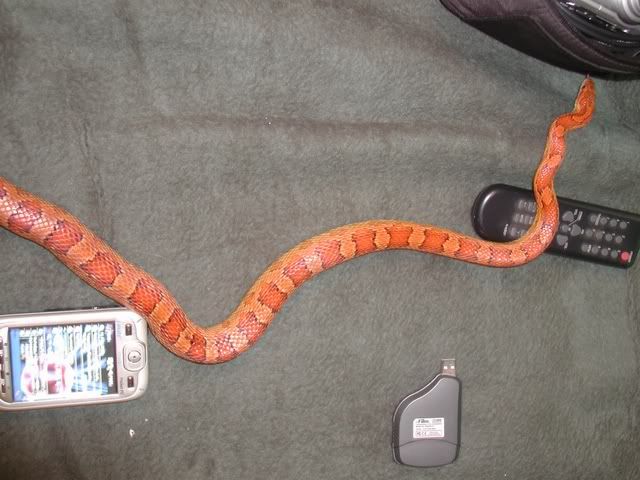
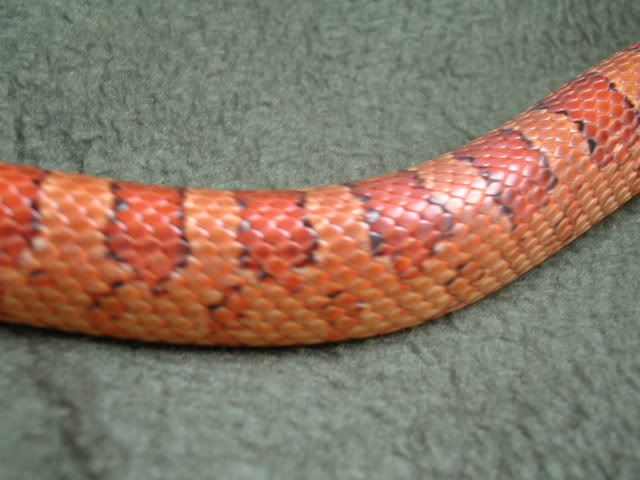
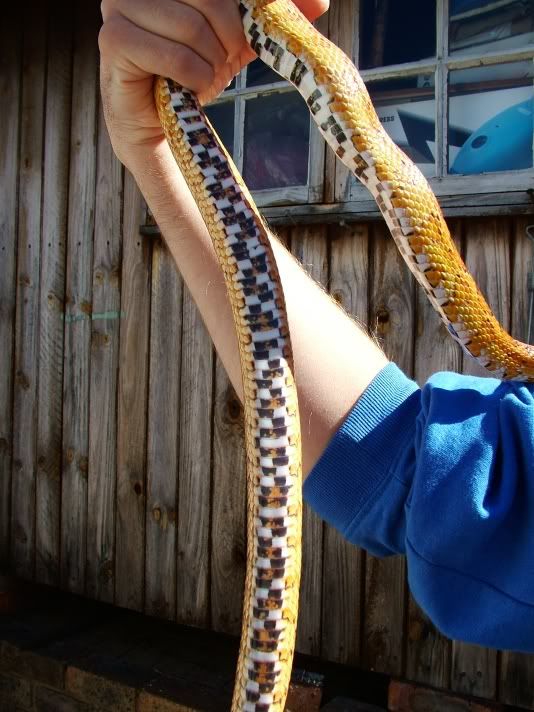
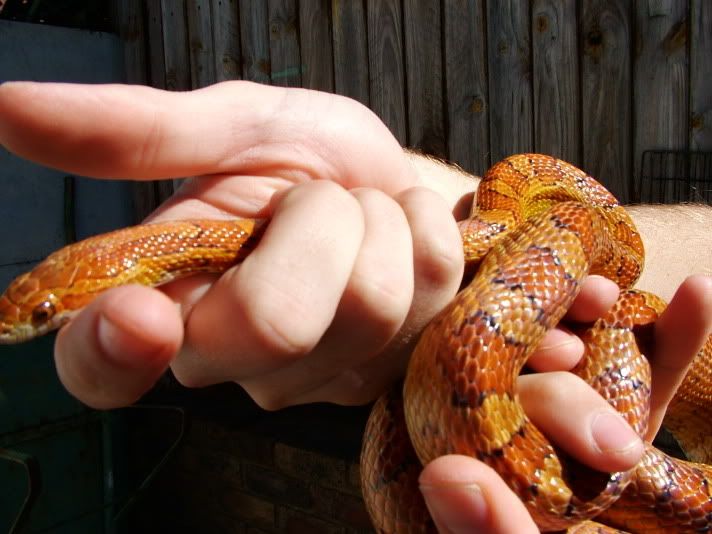
I'm curious as to how you make this determination. I've seen wild caughts that looked nearly identical to this snake. What project genes are you seeing definitive evidence for? :shrugs:Shaky said:While a normal, it is a very nice normal. It is not a wild-type normal, though. There are definitely some breeding project genes happening there.
Roy Munson said:I'm curious as to how you make this determination. I've seen wild caughts that looked nearly identical to this snake. What project genes are you seeing definitive evidence for? :shrugs:
That part of the discussion had to do with the term "wild type". It appears that some (like Shaky) would use the look of wild caughts as the defining criterion for use of the term "wild type". Others (like me) consider any phenotypical normal to be "wild type".kimbyra said:Howdy Folks!
Since he's in the UK, wouldn't it generally have to be a CB, not a WC? Just a thought.
BTW nice normal.
lnvexotics said:i was told it was a bloodred but ive also been told bloodreds dont have a chequer belly pattern and he has....help im not that well up on corn morphs.[/IMG]
